8 ways to keep warm - without turning up the heating
What you wear, eat and do can all help keep you warm. We've got 8 ways to turn up your internal heating without touching the thermostat.

What you wear, eat and do can all help keep you warm. We've got 8 ways to turn up your internal heating without touching the thermostat.

When the temperatures drop, its tempting to turn up the thermostat. But the higher your central heating, the higher your heating bills will be.
There are practical tips to save money on your heating bills, but we've got eight ways you may not have thought of, to stay warm and healthy, without it costing you a fortune.
There’s no need to pity the sheep spending winter out in the elements. Wool contains small pockets of air that circulate heat, making it far better for keeping warm than synthetic fibres such as polyester and even other natural fibres such as feather and down.
Woollen clothing will help you withstand a chill during the day while a woollen duvet will keep you snug on bitter nights.
“Natural, chemical-free and sustainable, wool is a miracle fibre that manages humidity and heat as you sleep,” explains Chris Tattersall, owner of Woolroom which specialises in wool bedding, throws and sleepwear.
For extra insurance against the cold, you might want to consider wool nightwear.
“If you’re looking for pyjamas to keep you warm, invest in Merino wool garments,” says Emma-Jane Adam, co-founder at Smalls Merino.
If you feel the cold then it's also worth investing in a real wool neck tube or scarf and wrist warmers to add warmth without bulk.
If your home has more than one floor, you might find that the upper level of your home is warmer since heat rises.
For the same reason, it might help to put your feet up when sitting down as it is coldest on the ground.
Our feet play a crucial role in regulating body temperature, so it is worth keeping them elevated (as well as clothed in thick socks and quality slippers).

Staying active will keep your body temperature up, and you don’t have to do anything strenuous or venture outside.
Regularly moving around the house can help to keep the cold at bay for less, and if you have trouble standing, performing some gentle chair-based exercises should be enough to get your blood flowing.
Heated blankets are surging in popularity and they are the perfect answer if you are feeling cold while sitting still.
“Rapidly rising costs of energy have led to truly unprecedented demand for heated textiles,” says Wendy Miranda, Lakeland’s Customer Ambassador.
“Costing just pennies to run, heated throws and blankets are proving the perfect solution to help customers heat just themselves rather than their whole home.”
This one from Lakeland costs around 5p an hour to run, based on the current price-capped unit cost of electricity at 24.86p per KWH.
One of the most important things we can do for our wellbeing as we approach the colder months is to nurture our kidneys, the dominant organs of winter according to Chinese medicine, says Katie Brindle, a Chinese medicine practitioner and healer. She has the following tips.
Consider investing in a Bian stone (£49) – an acupressure tool for self-massage. Katie also suggests using the rounded end of a chopstick or the end of a makeup brush as these will be more effective than fingers.
Katie adds, "Low slung trousers may be in vogue but depleted kidney energy certainly isn't, so consider wearing a vest or camisole to give an added layer to the delicate kidney and abdomen area.
"A camisole, vest or scarf around the midriff helps us feel nourished and nurtured, almost like a warming hug! As does a hot water bottle if you are stationary – although this isn’t practical if you are moving around."
The Japanese haramaki (literally translated as ‘belly wrap’) helps to restore and maintain warmth in your midriff.
“A haramaki is effectively a scarf for your middle,” says Catherine Brown, founder of NukuNuku, a family business which has brought these belly-warmers to the UK.
The idea is that keeping your kidneys warm is the secret to feeling warm all over. Catherine explains that when your internal organs and core are warm your body can afford to divert blood to your extremities. It’s also very good at creating comforting warm feelings should you be having back ache for example.
“The warmth nourishes your core and pelvic floor too," adds Catherine. "Which is especially valuable as most of us spend so much time sitting."
Catherine recommends the cotton haramaki for everyday use - RRP: £14
If you’re looking to apply some extra warmth to a certain part of your body, you could try making your own heating pads.
Fill some spare fabric – or even an old sock – with uncooked rice, barley or oatmeal, sew it up, then microwave it for one to two minutes.

Consuming certain food and drinks might help you fend off the cold.
“Thermogenesis is the process the body uses to create warmth, and certain foods are great at stimulating it,” explains Laura Southern, nutritional therapist at London Food Therapy.
Spices such as cinnamon and ginger are particularly effective. Laura suggests steeping slices of fresh ginger root in hot water – or just using a ready-made tea bag – and baking ground ginger into cakes and biscuits.
Cinnamon could be added to stewed apples, which boost immunity as well as warming you up, or try a bowl of porridge (“whole or rolled oats, not the quick kind, have also been shown to have thermogenesis properties”).
When it comes to selecting warming vegetables, Laura has a helpful rule – the longer it takes to grow, the more it warms the body.
“So root vegetables are a great choice here,” she says. “Ditch the salads and go for warm hearty soups and casseroles filled with orange-coloured veg like squash, sweet potato, pumpkin, swede.”
Rebecca Norris is Features Writer at Saga Magazine, interviewing fascinating people over 50, from DIY hot air balloon builders to the new generation of lighthouse keepers. She trained in news and features writing at City, University of London, graduating with an MA in Magazine Journalism.
View author page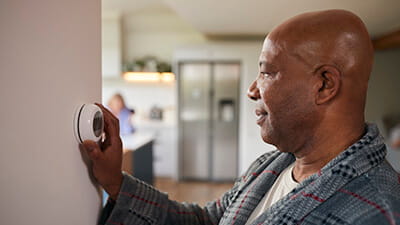

Guard against inconvenient and unexpected boiler failure with Saga Home & Heating Emergency cover and boiler service option.

Your chance to win a five-night river cruise with Saga worth almost £3,000, exploring some of Germany's most culturally-rich cities.
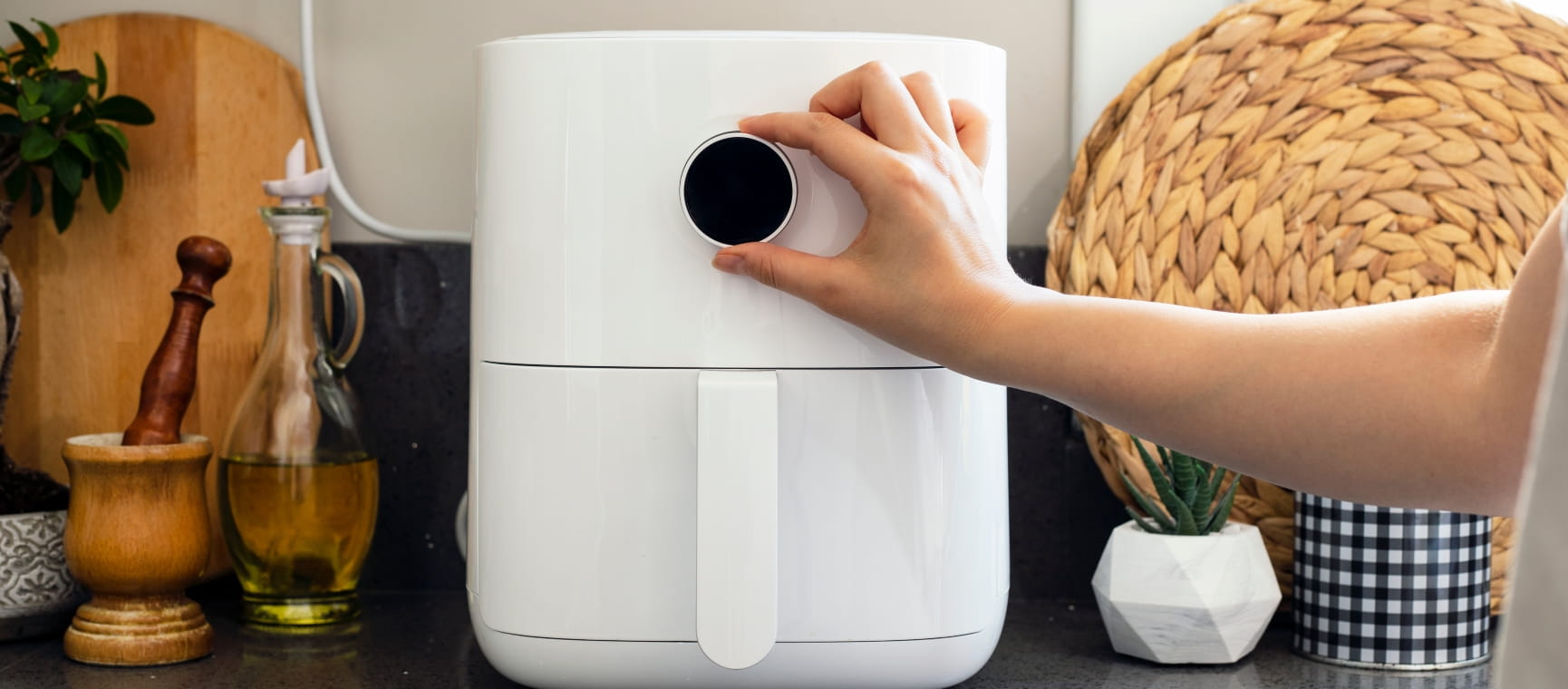
Home chefs are turning to their air fryer and slow cooker to save money on their energy bills. Which is cheaper to run?
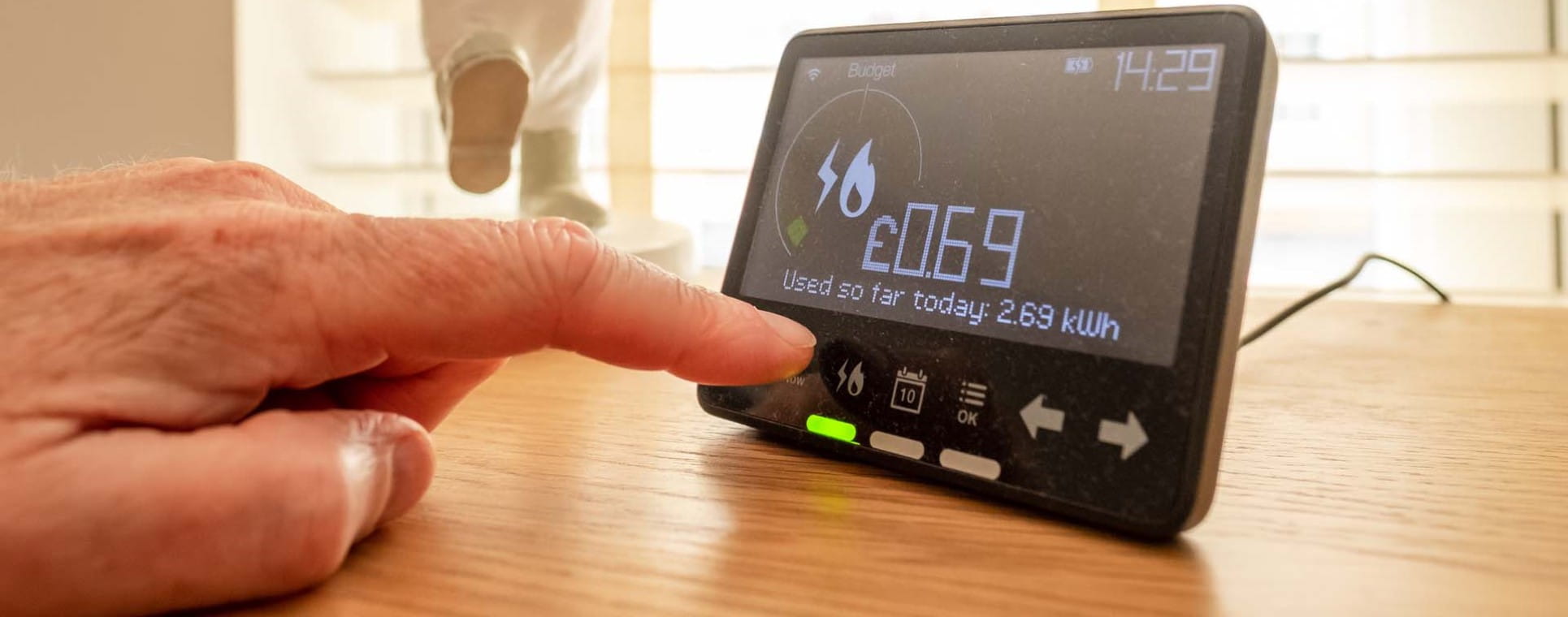
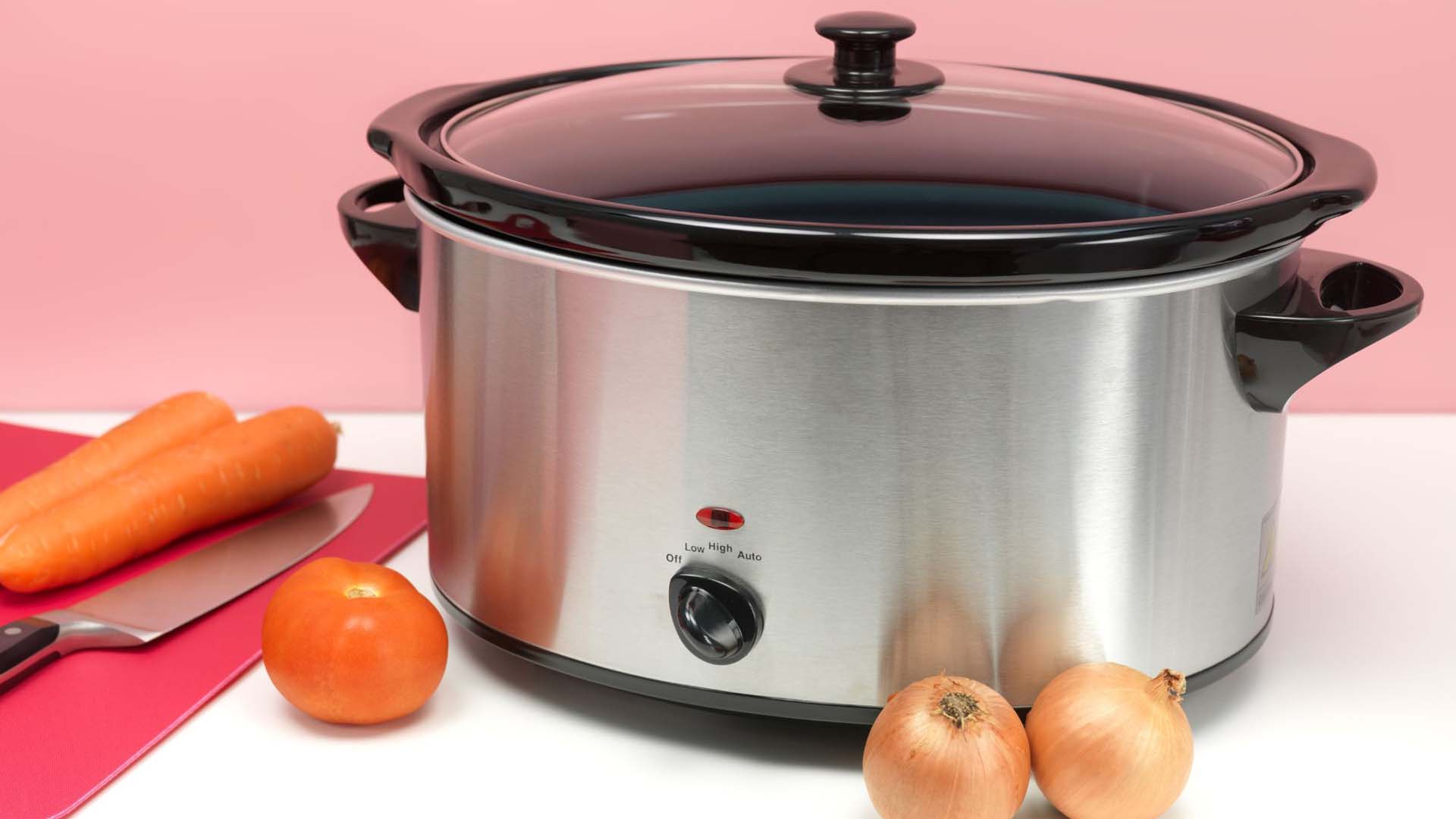
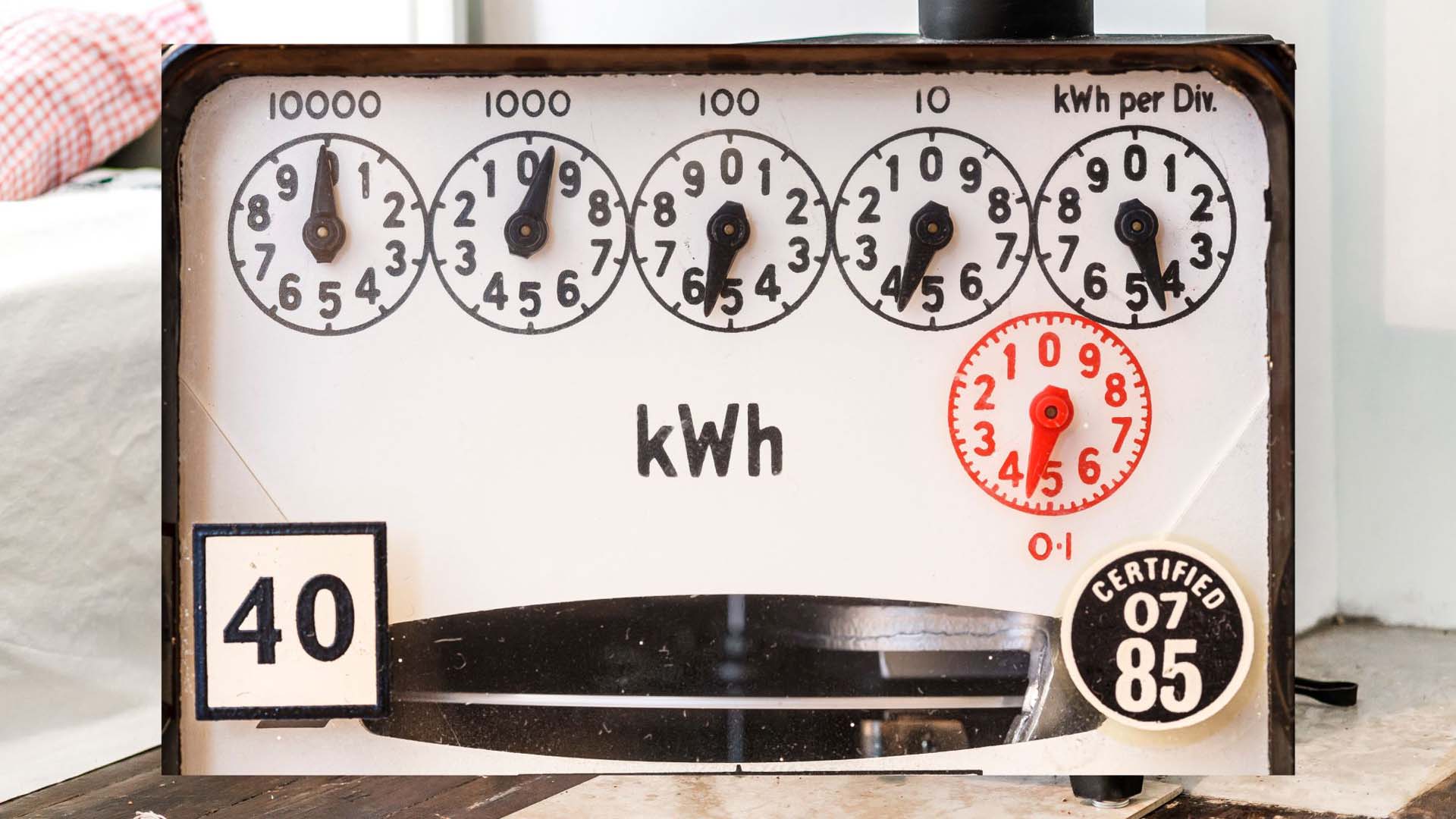
Find out if a smart meter offers you more benefits than your traditional energy meter.


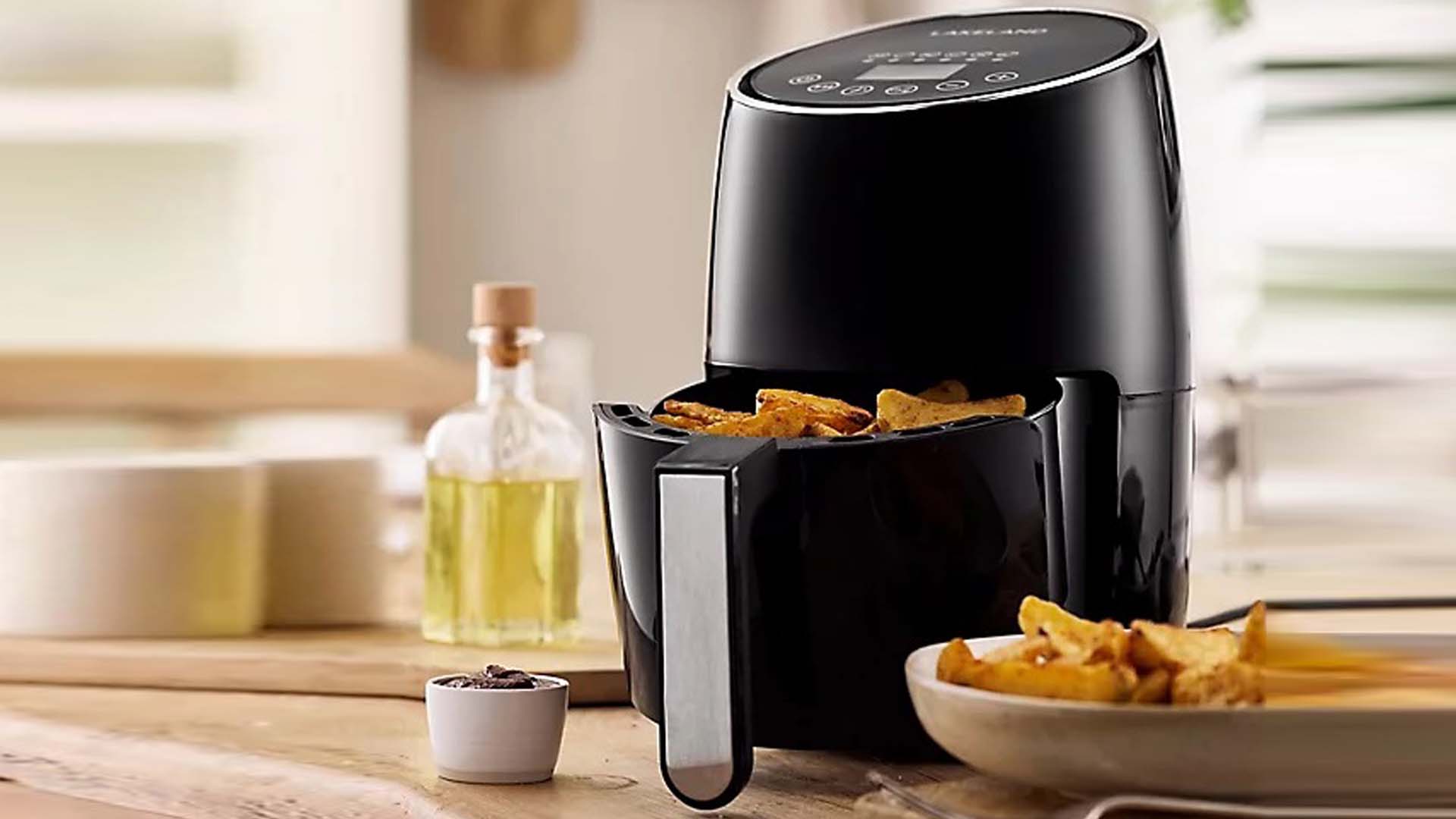
As well as being a healthy option, air fryers are said to save money – but in reality, how economical are they?
